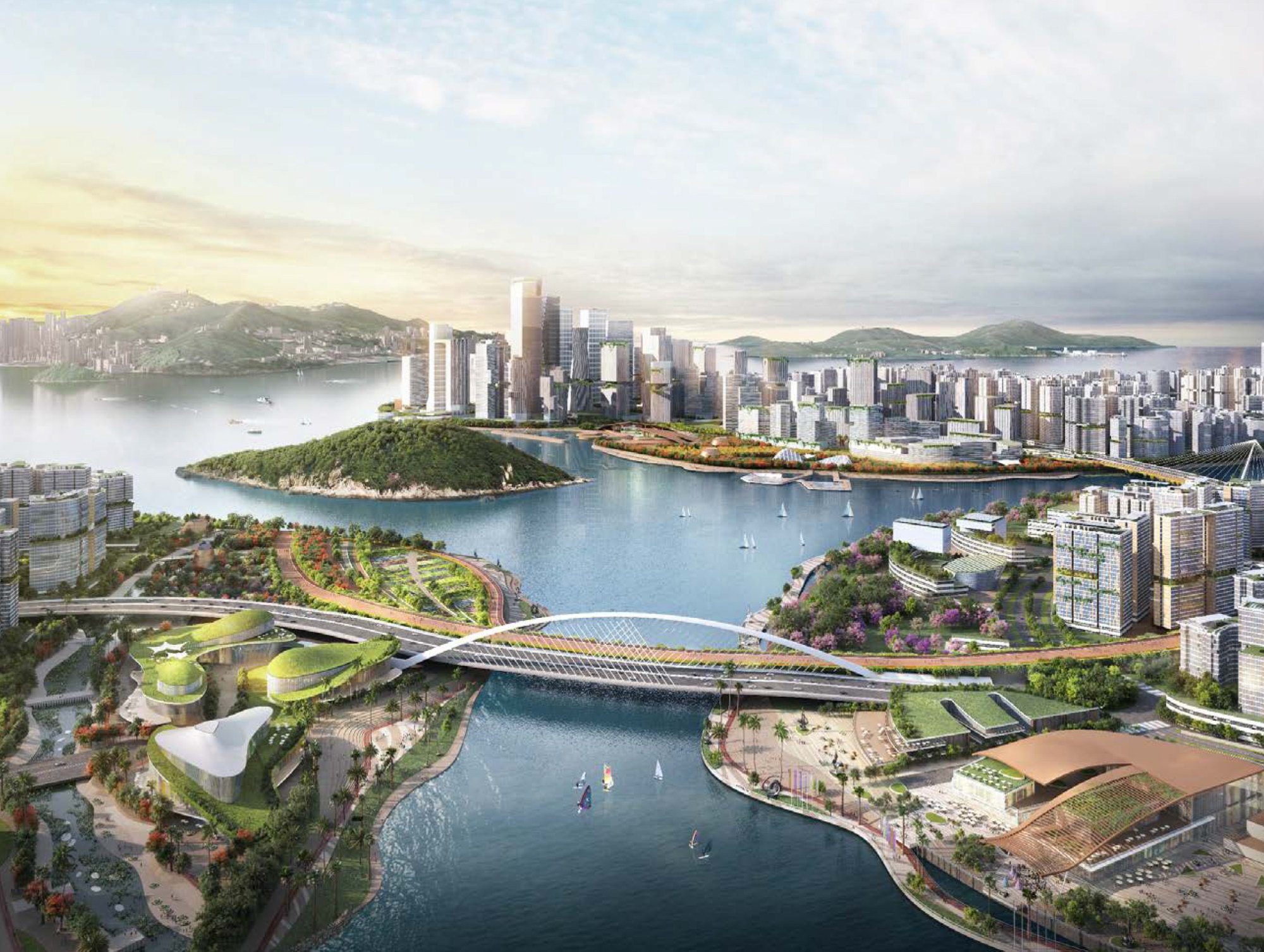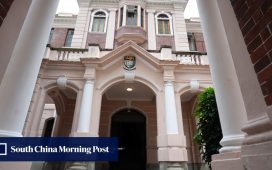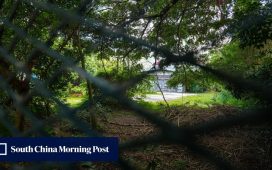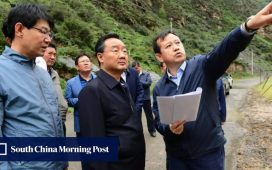Hong Kong is exploring the use of drones for delivering goods in the New Territories in a “gradual and orderly” manner, amid calls from lawmakers to follow mainland China’s development of a “low-altitude economy” to drive growth.
“The government will implement pilot projects for the low-altitude economy in a gradual and orderly manner,” Liu Chun-san, undersecretary for transport and logistics, told lawmakers.
“[We will] start with the transport of goods by unmanned aircraft, and then gradually widen and enrich the application scenarios of Advanced Air Mobility (AAMs) from near to the far, and from light to heavy.”
Earlier in March, Chinese Premier Li Qiang singled out the “low-altitude economy” as one of the fields the country needed to foster as a new growth engine.

On the mainland, civil unmanned aircraft pilot areas are used in establishing low-altitude economy development zones and test flight areas.
Liu said on Wednesday that developing the low-altitude economy was a “huge systematic project” which required coordination across different areas, including regulations, formulation of aviation safety policies, technological research and development, infrastructural support, land planning and commercial applications.
He said the Transport and Logistics Bureau was working with different departments to “remove barriers” to spur development of the industry.
“However, given the relatively complex airspace and geographical environment in Hong Kong, the government needs to ensure that the relevant flying activities are conducted in an orderly and risk-controlled manner,” he said.
Liu added that the routes for such aircraft should avoid densely populated areas and maintain a safe distance from crowds, vehicles, ships and buildings. They should also not interfere with the paths of aircraft flying to and from Hong Kong airport.
The Northern Metropolis and Kau Yi Chau artificial islands fit the criteria, Liu noted, saying there was “scope” for town planning to accommodate drone infrastructure such as vertiports and charging facilities.
The service will be operated by Heli-Eastern, a Shenzhen-based pilot enterprise approved by the Civil Aviation Administration of China.
The bay area refers to Beijing’s scheme to link Hong Kong, Macau and nine mainland cities into an integrated economic and business hub.
Currently, Sky Shuttle provides a helicopter service between Hong Kong and Macau from the Hong Kong-Macau Ferry Terminal in Sheung Wan at HK$4,300 (US$550) per single trip.














